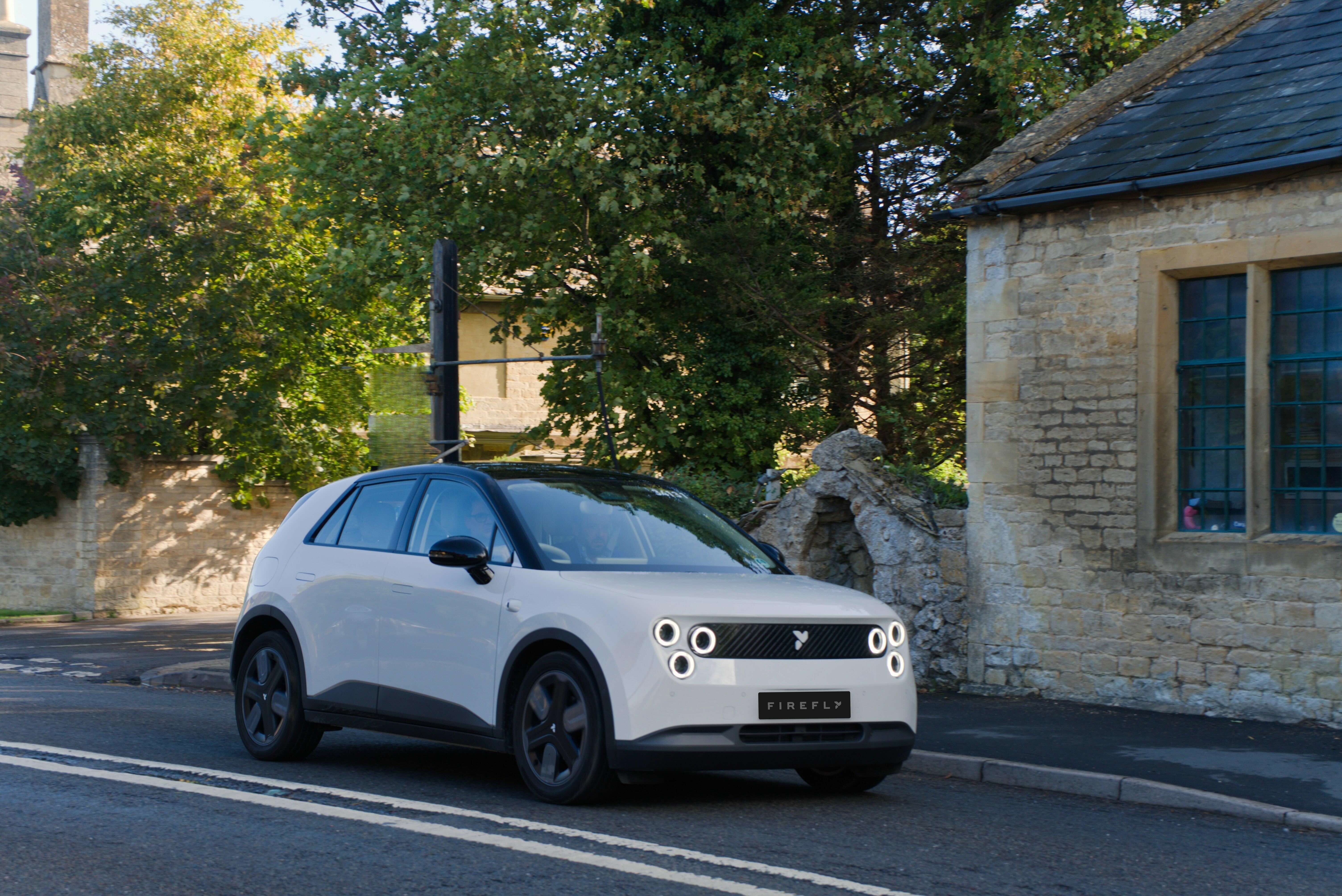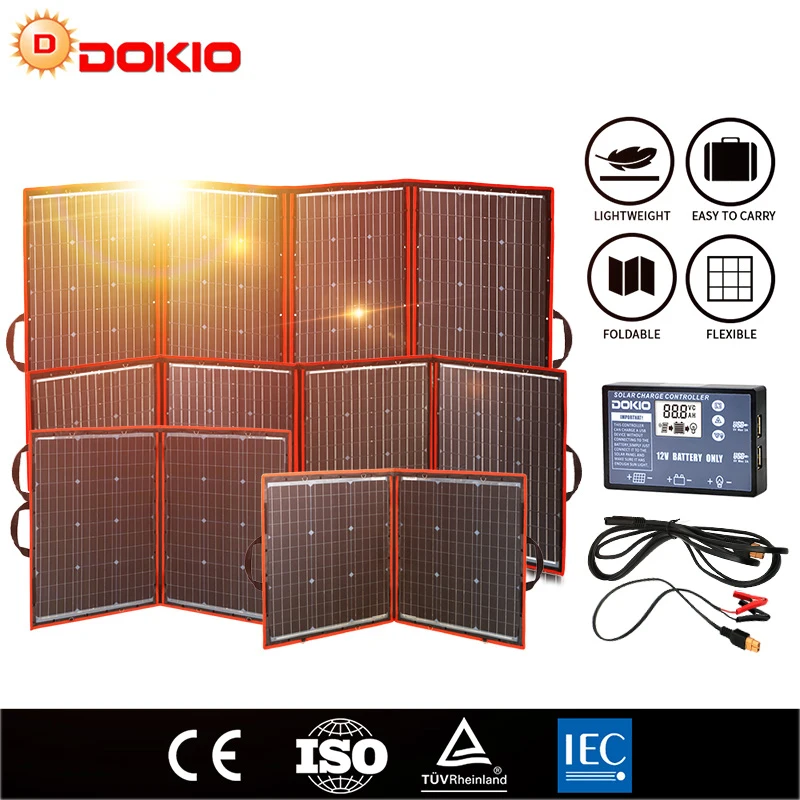
Pedro Lima
My interest in electric transportation is mostly political. I’m tired of coups and wars for oil. My expectation is that the adoption of electric transportation will be a factor for peace and democracy all over the world.
CATL released more details on its new module-less battery packs called Qilin, which are expected to be mass produced and come on the market in 2023.
First, let’s see the press release.
On June 23, CATL launched Qilin, the third generation of its CTP (cell-to-pack) technology. With a record-breaking volume utilization efficiency of 72% and an energy density of up to 255 Wh/kg, it achieves the highest integration level worldwide so far, capable of delivering a range of over 1,000 km in a breeze.
It’s no longer a rumor, BYD will supply batteries to Tesla.
Lian Yubo, BYD‘s executive vice president confirmed the deal in an interview to the Chinese TV channel CGTN.
Tesla is a very successful company no matter what, BYD respects Tesla and we admire Tesla.
We are good friends with Elon Musk, and we will soon supply him with batteries. We are friends.
It (Tesla) has a high starting point and adopts a high-profile strategy, including in the US capital market.
The gap between BYD and CATL in China as been narrowing… Ultimately, I think that BYD will become the world’s biggest battery maker.
Both battery makers have their pros.
CATL:
Vast lineup of different battery chemistries, such as NCM, LFP and upcoming sodium-ion Supplies Tesla (but this can also be a problem) Factory in Europe (Germany) BYD:
Great CTP (cell-to-pack) technology combined with cobalt-free battery chemistry: Blade Battery (currently my favorite EV battery pack, by far) It’s also an automaker, so all batteries produced have destination In the long run, I think that BYD has the best advantages.
Renault finally renewed its all-electric LCV (light commercial vehicle) lineup with faster charging and more range.
Let’s see some details of the two improved electric vehicles.
Renault Kangoo E-TECH
Motor: 90 kW Battery capacity: 45 kWh TMS: liquid cooling on the versions with the 22 kW charger Battery warranty: 8 years or 160.000 km (70 % of SoH) Range: 300 km (WLTP) Regenerative braking regimes: Sailing (display light B1), Drive (B2) and Brake (B3) On-board charger: 11 kW (standard) or 22 kW (optional) Fast charging: 80 kW (optional) Comes standard with a heat pump that “provides optimal performance when the temperature is between -15 and +15°C.”
The Chinese battery maker partly owned by Volkswagen, Guoxuan, also known as Gotion Hi-Tech will start mass producing its first generation of semi-solid state battery cells later this year.
Let’s see some details of Guoxuan’s first generation semi-solid state battery packs.
Gravimetric energy density at the cell level: 360 Wh/kg Gravimetric energy density at the pack level: 260 Wh/kg GCTP (gravimetric cell-to-pack) ratio: 72 % Capacity: 160 kWh Range: 1.000 km Cathode chemistry: NCM Considering that it still requires some cobalt, it doesn’t seem to be a cost-friendly battery technology for the masses. Moreover, the poor GCTP ratio of 72 % makes the battery pack less impressive, which suggests that this technology still requires a lot of passive material to work properly.
Based in Poland and part of the Spanish CAF Group, Solaris was in 2021 the leading electric bus manufacturer in Europe with 11,9 % of the market share.
To reinforce its leading position, the European bus manufacturer signed a partnership agreement with the giant Chinese battery maker CATL, to use its cobalt-free battery chemistry LFP (LiFePO4) and CTP (cell-to-pack) technology.
Nonetheless, unfortunately diesel still has a huge market share in Europe.
After introducing the Dolphin and the Seal, BYD is about to launch another electric car in the Ocean series.
The BYD Seagull will be the smallest and cheapest option of the series, with 4 seats and an estimated price between 60.000 and 80.000 yuan (8.451 and 11.268 euros).
While there is no confirmation yet, I expect it to have the same battery options as the Dolphin (30,72 and 44,9 kWh). If it ever arrives in Europe, it’ll be a great alternative to the Dacia Spring.
LG Energy Solution finally unveiled its plans for LFP (LiFePO4) batteries at the 2022 Smarter E event in Munich.
Jorg Jurgens, LGES director of energy storage systems EMEA (Europe, the Middle East, and Africa), revealed the company’s plans to pv magazine.
The new RESU Flex series will feature the NMC battery chemistry. The South Korean manufacturer has long been faithful to NMC, but it now plans to develop and release LFP-standard cells by October 2023 and LFP long cells by the fourth quarter of 2024. Jurgens told pv magazine that the transition will be a smooth one, as the LFP cells will be produced in the same format and sizes, so the systems will be able to use the same modules and racks as before.
The BYD Dolphin is one of the most interesting electric cars in production right now and is available with two battery capacities, 44,9 and 30,72 kWh.
Let’s see the battery packs in detail.
Long range version battery pack
Platform: QH135Ah (regular blade) Cell model: C102F Cell capacity: 135 Ah Cell nominal voltage: 3,2 V Number of cells: 104 Pack capacity: 44,9 kWh Pack nominal voltage: 332,8 V Pack weight: 308,6 kg Gravimetric energy density: 145 Wh/kg Standard range version battery pack
Li-FUN Technology recently announced that it will produce the first generation of sodium-ion battery cells later this year in June. The mass production is scheduled for 2023.
Let’s see some details.
First generation sodium-ion battery cell (prototype)
Gravimetric energy density: 140 Wh/kg Volumetric energy density: 240 Wh/L Cycle life: above 4.000 cycles Fast charging: 80 % in 15 minutes Capacity retention at -20 ºC: 88 % at 3 C-rate Format: pouch Start of production: June, 2022 Second generation sodium-ion battery cell (mass production)
In the first quarter of 2022, the global shipment of batteries reached 95,1 GWh, which corresponds to a 93,3 percent increase year-on-year, according to a report released by Seoul-based SNE Research.
Let’s see who are the top EV battery makers.
CATL: 33,3 GWh (35 %) LG Energy Solution: 15,1 GWh (15,9 %) BYD: 10,5 GWh (11,9 %) Panasonic: 9,4 GWh (9,9 %) SK On: 6,3 GWh (6,6 %) CALB: 4,2 GWh (4,4 %) Samsung SDI: 3,8 % Gotion High-Tech: 2,7 % Svolt Energy: 1,3 % Eve Energy: 1,2 % Others: 8,2 % Chinese battery makers have been riding the LFP (LiFePO4) wave to gain market share, while Japanese and Korean makers still don’t mass produce cobalt-free EV batteries. However, the Korean companies - LG and SK - are already developing LFP battery cells and could soon announce their mass production…
I have been writing about the importance of LFP (LiFePO4) batteries for a while now, but I haven’t written about the best charging behavior for this battery chemistry yet.
It’s time to write a small, but important article about the subject, especially because I have seen some confusion on online forums.
First, let’s compare the nominal and maximum voltages of LFP with other popular battery chemistries.
LTO anode + LMO/NCM cathode






































